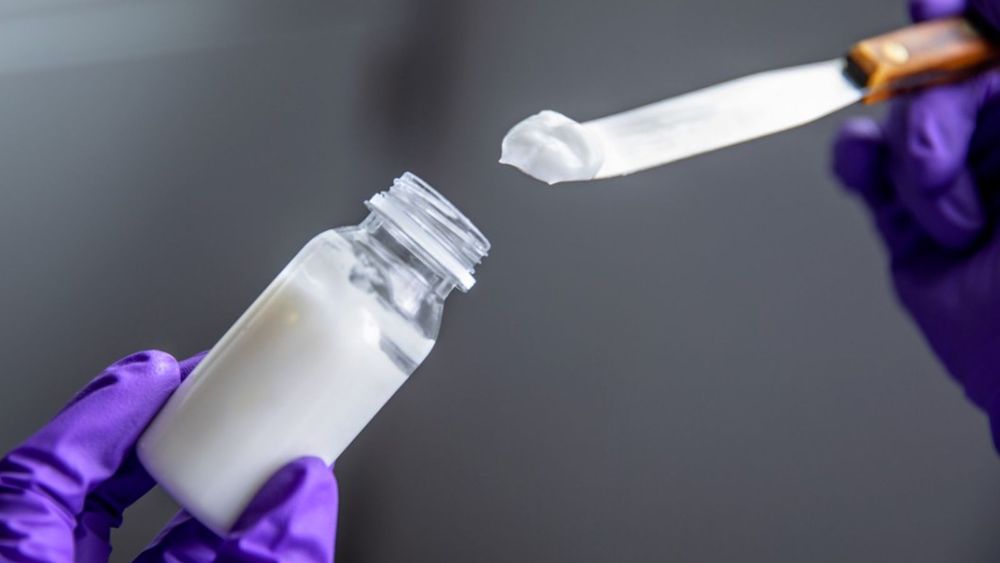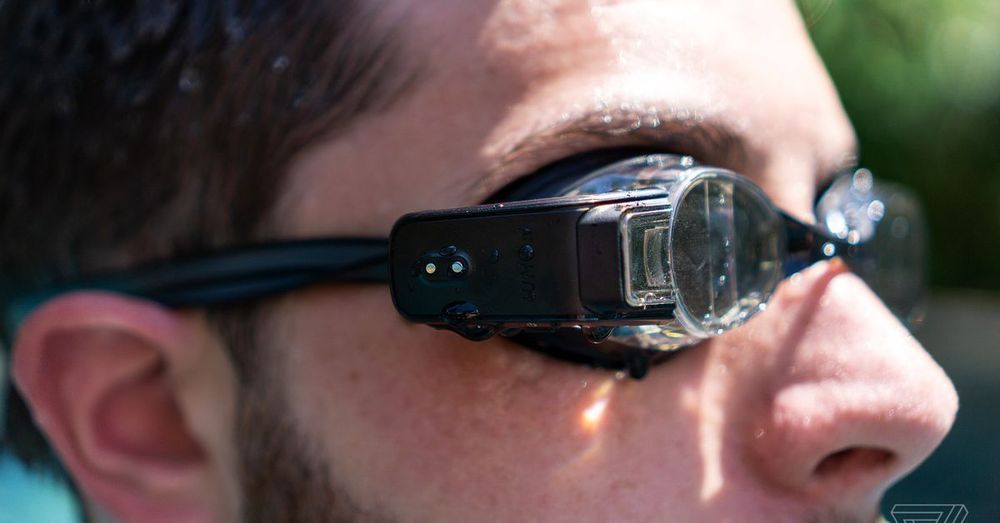If you don’t want your email provider, its partners, or even hackers skimming your messages, choose one of these providers, which offer end-to-end encryption and other measures.
[Photo: courtesy of Tutanota].

If you don’t want your email provider, its partners, or even hackers skimming your messages, choose one of these providers, which offer end-to-end encryption and other measures.
[Photo: courtesy of Tutanota].

As delicious as butter is—adding flavor and texture to almost any food—it’s not the healthiest thing to smear on toast or corn on the cob. Oil-based spreads like margarine are often considered a better heart-smart alternative, but food scientists at Cornell University have come up with what could be the ultimate butter substitute made primarily from water.
Researchers hope mobile devices can capture signs of imminent risk that a doctor’s questionnaire can’t.

BERKELEY, Calif., Aug. 20, 2019 /PRNewswire/ — Today, the U.S. Patent and Trademark Office has awarded a new patent (U.S. 10,385,360) to the University of California (UC), University of Vienna, and Dr. Emmanuelle Charpentier covering nucleic acid molecules encoding single-molecule guide RNAs, as well as CRISPR-Cas9 compositions comprising single-molecule guide RNAs or nucleic acid molecules encoding single-molecule guide RNAs.
Over the past six months, UC’s U.S. CRISPR-Cas9 portfolio has sharply increased, and to date includes 11 separate patents for methods and compositions related to the gene-editing technology. Looking ahead, UC anticipates at least six additional related patents issuing in the near future, bringing UC’s total portfolio to 17 patents and spanning various compositions and methods including targeting and editing genes in any setting, such as within plant, animal, and human cells. The portfolio also includes patents related to the modulation of transcription.
“The USPTO has continually acknowledged the Doudna-Charpentier team’s groundbreaking work,” said Eldora L. Ellison, Ph.D., lead patent strategist on CRISPR-Cas9 matters for UC and a Director at Sterne, Kessler, Goldstein & Fox. “True to UC’s mission as a leading public university, the patent granted today and others in its CRISPR-Cas9 portfolio will be applied for the betterment of society.”

Shareena Z Hamzah does not work for, consult, own shares in or receive funding from any company or organization that would benefit from this article, and has disclosed no relevant affiliations beyond their academic appointment.

Cranmer is a member of ATLAS, one of the two general-purpose experiments that, among other things, co-discovered the Higgs boson at the Large Hadron Collider at CERN. He and other CERN researchers recently published a letter in Nature Physics titled “Open is not enough,” which shares lessons learned about providing open data in high-energy physics. The CERN Open Data Portal, which facilitates public access of datasets from CERN experiments, now contains more than two petabytes of information.
It could be said that astronomy, one of the oldest sciences, was one of the first fields to have open data. The open records of Chinese astronomers from 1054 A.D. allowed astronomer Carlo Otto Lampland to identify the Crab Nebula as the remnant of a supernova in 1921. In 1705 Edward Halley used the previous observations of Johannes Kepler and Petrus Apianus—who did their work before Halley was old enough to use a telescope—to deduce the orbit of his eponymous comet.
In science, making data open means making available, free of charge, the observations or other information collected in a scientific study for the purpose of allowing other researchers to examine it for themselves, either to verify it or to conduct new analyses.
Scientists continue to use open data to make new discoveries today. In 2010, a team of scientists led by Professor Doug Finkbeiner at Harvard University found vast gamma-ray bubbles above and below the Milky Way. The accomplishment was compared to the discovery of a new continent on Earth. The scientists didn’t find the bubbles by making their own observations; they did it by analyzing publicly available data from the Fermi Gamma Ray Telescope.

There are lots of smart gadgets that track running, but few track swimming — that is, if you’d like something that’s built for swimming first, as opposed to a device with swim-tracking features tacked on. Form, a new fitness company founded by former Recon Instruments employees, is looking to solve this problem with its first product, the $199 Swim Goggles.

After 10 years in remission, Derek Ruff’s cancer returned, this time as stage IV colon cancer. Despite aggressive rounds of chemotherapy, palliative radiotherapy and immunotherapy, his disease progressed. In February 2019, as part of a phase I clinical trial at Moores Cancer Center at UC San Diego Health, Ruff became the first patient in the world to be treated for cancer with a human-induced pluripotent stem cell (iPSC)-derived cell therapy called FT500.
Moores Cancer Center at UC San Diego Health treats the first patient treated for cancer with a human-induced pluripotent stem cell (iPSC)-derived cell therapy called FT500. Dan Kaufman collaborated with Fate Therapeutics to bring the iPSC-derived natural killer cell cancer immunotherapy to patients.

Tokyo, Aug. 1 (Jiji Press)—Tokyo-based startup A.L.I. Technologies Inc. plans to start accepting reservations for its “hover bike” flying motorcycle from October, company officials said Thursday.
The startup company, which mainly develops small unmanned aerial vehicles, will unveil the product at the Tokyo Motor Show in autumn.
It aims to sell the product mainly to wealthy foreigners, by touting its cutting-edge technologies.